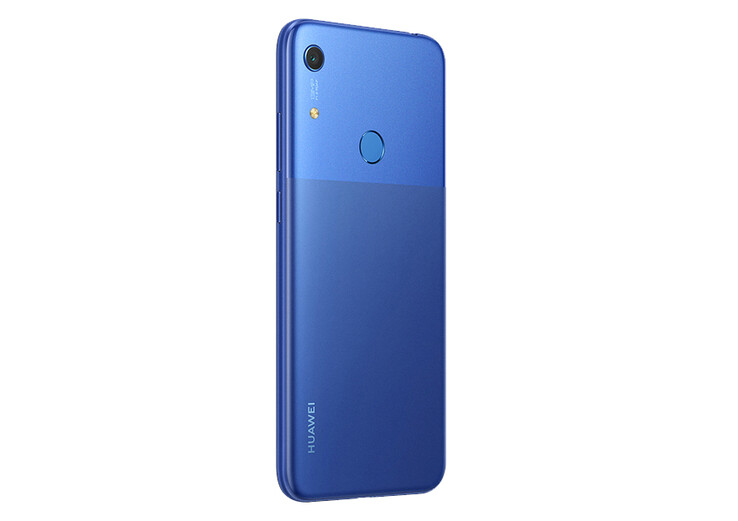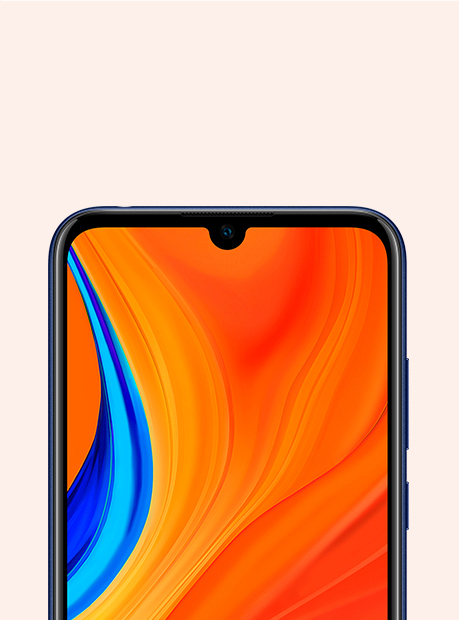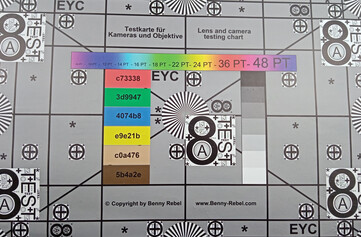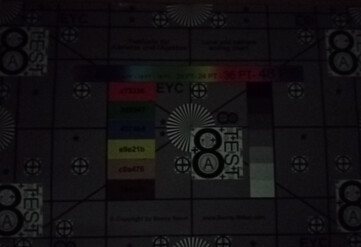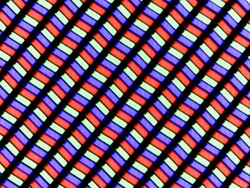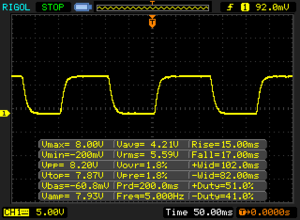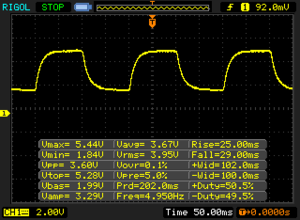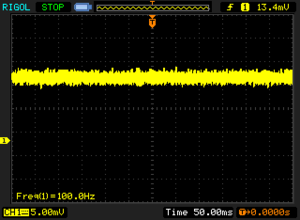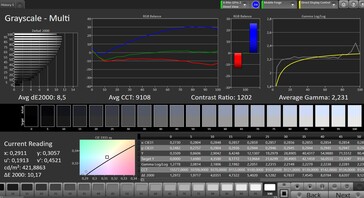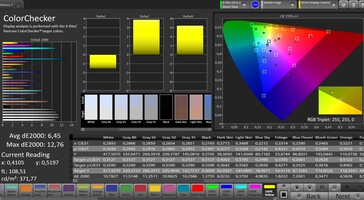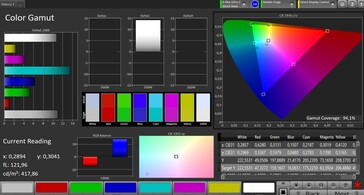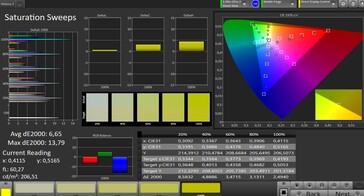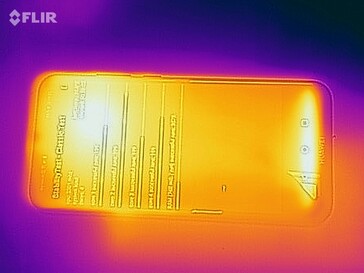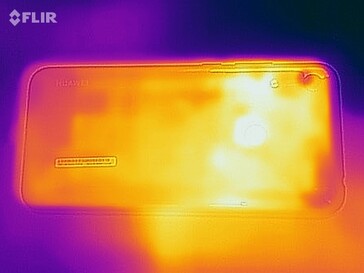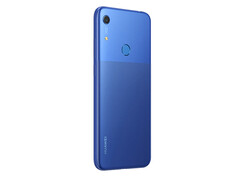Huawei Y6s Smartphone Review – Similar, But Better
Comparison devices
Bewertung | Rating Version | Datum | Modell | Gewicht | Laufwerk | Groesse | Aufloesung | Preis ab |
|---|---|---|---|---|---|---|---|---|
| 75.3 % v7 (old) | v7 (old) | 01 / 2020 | Huawei Y6s Helio P35 MT6765, PowerVR GE8300 | 150 g | 32 GB eMMC Flash | 6.09" | 1560x720 | |
| 78.8 % v6 (old) | v6 (old) | 06 / 2019 | Nokia 3.2 SD 429, Adreno 504 | 181 g | 16 GB eMMC Flash | 6.26" | 1520x720 | |
| 70.8 % v7 (old) | v7 (old) | 10 / 2019 | Gigaset GS190 Helio A22 MT6761, PowerVR GE8300 | 172 g | 16 GB eMMC Flash | 6.10" | 1560x720 | |
| 74.9 % v7 (old) | v7 (old) | 08 / 2019 | Samsung Galaxy A10 Exynos 7884B, Mali-G71 MP2 | 168 g | 32 GB eMMC Flash | 6.20" | 1520x720 |
Case, equipment and operation - Finally with fingerprint
Recently, Huawei has also started selling its smartphones through its own online shop, and one of the latest devices that you can buy there is the inexpensive Huawei Y6s. One could see it as the successor of the Huawei Y6 (2019), in fact many specs remain unchanged. Huawei currently has the problem that due to the trade dispute with the USA, devices often cannot be re-certified, so the manufacturer now has to reissue mainly old devices and see that innovations are still possible.
The Huawei Y6s is available in blue and black, the blue color version is split in two on the back, the lower part is supposed to be less susceptible to fingerprints. The black model, on the other hand, should remind one of a starry sky through glittering particles. On the back there is a newly designed camera module compared to the Y6 (2019), which now includes a larger, round bezel for the camera lens and a separate LED flash.
At the same time, there is now also a fingerprint sensor on the back, which is quite remarkable, as it was not available on the predecessor. The backside doesn't seem to be of such a high quality, but for the price range of the Huawei mobile phone it is still ok. The Huawei Y6s is relatively light, but on the other hand, it doesn't offer as much battery capacity as its competitors.
32 GB of mass storage is quite remarkable for the price range, as is the dedicated microSD slot, which allows you to use two SIM cards and a microSD at the same time. You shouldn't expect more than WiFi 4 from a smartphone under 200 euro. The Y6s is also content with this and achieves transfer rates typical for its class.
| Networking | |
| iperf3 transmit AX12 | |
| Huawei Y6s | |
| Gigaset GS190 | |
| Nokia 3.2 | |
| Samsung Galaxy A10 | |
| iperf3 receive AX12 | |
| Gigaset GS190 | |
| Huawei Y6s | |
| Samsung Galaxy A10 | |
| Nokia 3.2 | |
Cameras - Good for the price range
On paper, nothing has changed compared to the Y6 (2019) in terms of cameras: there is still a lonely 13-megapixel camera at the back and an 8-megapixel lens at the front.
As with the predecessor, the images look quite decent in normal lighting conditions, the software sharpening again, but this effect seems a bit less radical compared to the Huawei Y6 (2019), which we welcome. For a smartphone around 150 euro, the main camera cuts a good figure, we also find it pleasant that Huawei doesn't try to bait the customers with a mostly relatively useless depth-of-field camera.
With a little weaker light, the pictures are also still OK, but with a lux illuminance there is hardly anything to be seen on the pictures.
Videos can be recorded in 1080p and 30 fps at most, the quality is OK here, but only as long as the lighting conditions are suitable.
The front camera makes quite passable selfies, the screen can be used for brightening up.
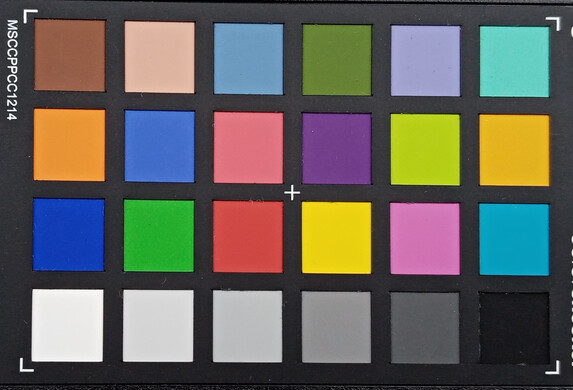
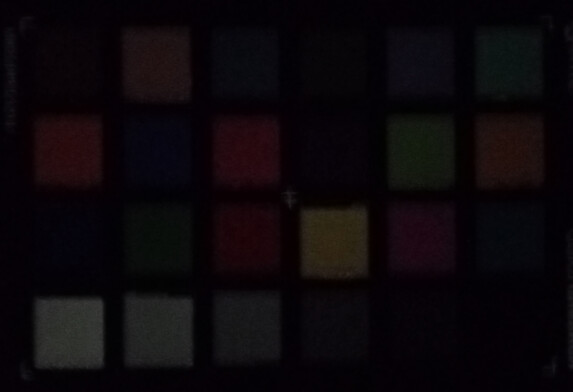
Display - With blue cast
The display's resolution of 1,560 x 720 pixels is on a class level, the display is also sufficiently sharp on its own, but the difference to a Full-HD display can still be seen quite quickly. The brightness is OK, but there are definitely brighter smartphones, even in this price range, but the black value of the Y6s is also on a decent level.
The screen has a strong blue cast ex works, many colors deviate so much that the difference to the reference color space can be seen with the naked eye.
We measured a flickering of the screen under 10% brightness, the reaction times are probably too slow for gamers.
| |||||||||||||||||||||||||
Brightness Distribution: 85 %
Center on Battery: 424 cd/m²
Contrast: 1211:1 (Black: 0.35 cd/m²)
ΔE ColorChecker Calman: 6.45 | ∀{0.5-29.43 Ø4.78}
ΔE Greyscale Calman: 8.5 | ∀{0.09-98 Ø5}
94.1% sRGB (Calman 2D)
Gamma: 2.231
CCT: 9108 K
| Huawei Y6s IPS, 1560x720, 6.1" | Nokia 3.2 IPS, 1520x720, 6.3" | Gigaset GS190 IPS, 1560x720, 6.1" | Samsung Galaxy A10 IPS, 1520x720, 6.2" | |
|---|---|---|---|---|
| Response Times | 23% | 16% | 40% | |
| Response Time Grey 50% / Grey 80% * (ms) | 54 ? | 40 ? 26% | 50 ? 7% | 38 ? 30% |
| Response Time Black / White * (ms) | 32 ? | 26 ? 19% | 24 ? 25% | 16 ? 50% |
| PWM Frequency (Hz) | 100 ? | 1866 ? | 100 ? | 77 ? |
| Screen | -2% | 15% | 20% | |
| Brightness middle (cd/m²) | 424 | 415 -2% | 508 20% | 451 6% |
| Brightness (cd/m²) | 397 | 391 -2% | 489 23% | 430 8% |
| Brightness Distribution (%) | 85 | 86 1% | 86 1% | 90 6% |
| Black Level * (cd/m²) | 0.35 | 0.55 -57% | 0.34 3% | 0.22 37% |
| Contrast (:1) | 1211 | 755 -38% | 1494 23% | 2050 69% |
| Colorchecker dE 2000 * | 6.45 | 4.8 26% | 5.5 15% | 5.44 16% |
| Colorchecker dE 2000 max. * | 12.76 | 9.51 25% | 11.12 13% | 11.94 6% |
| Greyscale dE 2000 * | 8.5 | 5.7 33% | 6.6 22% | 7.8 8% |
| Gamma | 2.231 99% | 2.255 98% | 2.158 102% | 2.206 100% |
| CCT | 9108 71% | 7824 83% | 8235 79% | 9149 71% |
| Total Average (Program / Settings) | 11% /
3% | 16% /
15% | 30% /
24% |
* ... smaller is better
Display Response Times
| ↔ Response Time Black to White | ||
|---|---|---|
| 32 ms ... rise ↗ and fall ↘ combined | ↗ 15 ms rise | |
| ↘ 17 ms fall | ||
| The screen shows slow response rates in our tests and will be unsatisfactory for gamers. In comparison, all tested devices range from 0.1 (minimum) to 240 (maximum) ms. » 85 % of all devices are better. This means that the measured response time is worse than the average of all tested devices (20.2 ms). | ||
| ↔ Response Time 50% Grey to 80% Grey | ||
| 54 ms ... rise ↗ and fall ↘ combined | ↗ 25 ms rise | |
| ↘ 29 ms fall | ||
| The screen shows slow response rates in our tests and will be unsatisfactory for gamers. In comparison, all tested devices range from 0.165 (minimum) to 636 (maximum) ms. » 90 % of all devices are better. This means that the measured response time is worse than the average of all tested devices (31.6 ms). | ||
Screen Flickering / PWM (Pulse-Width Modulation)
| Screen flickering / PWM detected | 100 Hz | ≤ 10 % brightness setting | |
The display backlight flickers at 100 Hz (worst case, e.g., utilizing PWM) Flickering detected at a brightness setting of 10 % and below. There should be no flickering or PWM above this brightness setting. The frequency of 100 Hz is very low, so the flickering may cause eyestrain and headaches after extended use. In comparison: 53 % of all tested devices do not use PWM to dim the display. If PWM was detected, an average of 8111 (minimum: 5 - maximum: 343500) Hz was measured. | |||
Performance, emissions and battery life - A new SoC is needed
In terms of performance, a more modern SoC would have been good for the Huawei phone, so you have to be satisfied with much less power than with similarly expensive mobile phones. For everyday use, the performance is sufficient if you are not too demanding, but every now and then there are minor jerks. The graphic power, on the other hand, is still on a good level.
We don't measure a strong warming on the Y6's case. The mono loudspeaker on the bottom edge offers decent sound and can also get quite loud. Huawei SuperSound is what the manufacturer calls the combination of speaker and the built-in audio hardware, which is supposed to deliver better sound, and in fact, the Y6s convinces with quite audible low middles and a full sound for such a cheap smartphone.
If you consider the low battery capacity, the Y6s doesn't cut a bad figure, it is on a similar level as the Samsung Galaxy A10. It holds out for 12:23 hours in our WLAN test, which is a decent performance. For normal users, this probably means that they have to charge every one or two days.
| PCMark for Android | |
| Work performance score (sort by value) | |
| Huawei Y6s | |
| Nokia 3.2 | |
| Gigaset GS190 | |
| Samsung Galaxy A10 | |
| Average Mediatek Helio P35 MT6765 (4040 - 7753, n=8) | |
| Work 2.0 performance score (sort by value) | |
| Huawei Y6s | |
| Nokia 3.2 | |
| Gigaset GS190 | |
| Samsung Galaxy A10 | |
| Average Mediatek Helio P35 MT6765 (3814 - 5794, n=11) | |
| GFXBench | |
| on screen Aztec Ruins Normal Tier Onscreen (sort by value) | |
| Huawei Y6s | |
| Nokia 3.2 | |
| Gigaset GS190 | |
| Samsung Galaxy A10 | |
| Average Mediatek Helio P35 MT6765 (3.5 - 7.7, n=13) | |
| Average of class Smartphone (6.2 - 166, n=211, last 2 years) | |
| 1920x1080 Aztec Ruins Normal Tier Offscreen (sort by value) | |
| Huawei Y6s | |
| Nokia 3.2 | |
| Gigaset GS190 | |
| Samsung Galaxy A10 | |
| Average Mediatek Helio P35 MT6765 (3.8 - 4.3, n=13) | |
| Average of class Smartphone (3.4 - 367, n=211, last 2 years) | |
| on screen Aztec Ruins High Tier Onscreen (sort by value) | |
| Huawei Y6s | |
| Gigaset GS190 | |
| Samsung Galaxy A10 | |
| Average Mediatek Helio P35 MT6765 (2.2 - 4.9, n=12) | |
| Average of class Smartphone (0.85 - 144, n=212, last 2 years) | |
| 2560x1440 Aztec Ruins High Tier Offscreen (sort by value) | |
| Huawei Y6s | |
| Gigaset GS190 | |
| Samsung Galaxy A10 | |
| Average Mediatek Helio P35 MT6765 (1.4 - 1.6, n=12) | |
| Average of class Smartphone (1.2 - 129, n=211, last 2 years) | |
| Huawei Y6s | Nokia 3.2 | Gigaset GS190 | Samsung Galaxy A10 | Average 32 GB eMMC Flash | Average of class Smartphone | |
|---|---|---|---|---|---|---|
| AndroBench 3-5 | -3% | -34% | 6% | -6% | 1109% | |
| Sequential Read 256KB (MB/s) | 263.2 | 282.4 7% | 201.2 -24% | 296.4 13% | 242 ? -8% | 2223 ? 745% |
| Sequential Write 256KB (MB/s) | 118 | 106.3 -10% | 35.5 -70% | 101.7 -14% | 100.5 ? -15% | 1838 ? 1458% |
| Random Read 4KB (MB/s) | 46.7 | 35 -25% | 23.6 -49% | 73.4 57% | 43.1 ? -8% | 295 ? 532% |
| Random Write 4KB (MB/s) | 18.6 | 17.5 -6% | 5.2 -72% | 13.3 -28% | 22.3 ? 20% | 335 ? 1701% |
| Sequential Read 256KB SDCard (MB/s) | 80.9 ? | 87.2 ? 8% | 83.3 ? 3% | 78.8 ? -3% | 71.8 ? -11% | |
| Sequential Write 256KB SDCard (MB/s) | 60.6 ? | 65.7 ? 8% | 64.1 ? 6% | 65.3 ? 8% | 52.9 ? -13% |
Temperature
(+) The maximum temperature on the upper side is 39.9 °C / 104 F, compared to the average of 35.2 °C / 95 F, ranging from 21.9 to 247 °C for the class Smartphone.
(±) The bottom heats up to a maximum of 40.1 °C / 104 F, compared to the average of 34 °C / 93 F
(+) In idle usage, the average temperature for the upper side is 31.6 °C / 89 F, compared to the device average of 32.9 °C / 91 F.
Speakers
Huawei Y6s audio analysis
(+) | speakers can play relatively loud (82.6 dB)
Bass 100 - 315 Hz
(-) | nearly no bass - on average 65.5% lower than median
(+) | bass is linear (0% delta to prev. frequency)
Mids 400 - 2000 Hz
(-) | nearly no mids - on average 65.5% lower than median
(+) | mids are linear (0% delta to prev. frequency)
Highs 2 - 16 kHz
(-) | nearly no highs - on average 65.5% lower than median
(+) | highs are linear (0% delta to prev. frequency)
Overall 100 - 16.000 Hz
(-) | overall sound is not linear (119% difference to median)
Compared to same class
» 88% of all tested devices in this class were better, 8% similar, 4% worse
» The best had a delta of 11%, average was 35%, worst was 134%
Compared to all devices tested
» 96% of all tested devices were better, 3% similar, 1% worse
» The best had a delta of 4%, average was 24%, worst was 134%
Samsung Galaxy A10 audio analysis
(+) | speakers can play relatively loud (86.1 dB)
Bass 100 - 315 Hz
(-) | nearly no bass - on average 75.4% lower than median
(+) | bass is linear (0% delta to prev. frequency)
Mids 400 - 2000 Hz
(-) | nearly no mids - on average 75.4% lower than median
(+) | mids are linear (0% delta to prev. frequency)
Highs 2 - 16 kHz
(-) | nearly no highs - on average 75.4% lower than median
(+) | highs are linear (0% delta to prev. frequency)
Overall 100 - 16.000 Hz
(-) | overall sound is not linear (123.3% difference to median)
Compared to same class
» 92% of all tested devices in this class were better, 7% similar, 1% worse
» The best had a delta of 11%, average was 35%, worst was 134%
Compared to all devices tested
» 98% of all tested devices were better, 2% similar, 0% worse
» The best had a delta of 4%, average was 24%, worst was 134%
Battery life
| Huawei Y6s 3020 mAh | Nokia 3.2 4000 mAh | Gigaset GS190 4000 mAh | Samsung Galaxy A10 3400 mAh | Average of class Smartphone | |
|---|---|---|---|---|---|
| Battery Runtime | |||||
| WiFi Websurfing (h) | 12.4 | 16 29% | 14.1 14% | 12.6 2% | 19.2 ? 55% |
Pros
Cons
Verdict - Huawei Y6s with a neat overall package
Huawei has visibly tried to get something out of the limited possibilities for the Y6s: there is finally a fingerprint sensor and quite a bit of memory, plus a dedicated microSD slot and a decent speaker. The camera still takes good pictures and the device always stays cool.
However, since the manufacturer is currently having a hard time certifying and launching new devices, our test device is forced to stay at last year's level in some areas: The SoC isn't exactly brisk and a lot has also happened in the past few months in terms of battery capacity.
The Huawei Y6s is a cheap smartphone with a good speaker and quite a lot of memory, which would do well to be updated in terms of performance and battery life.
The Huawei Y6s is definitely an improvement over the Y6 (2019), but also not a revolution in cheap phones. If you like the design and want a lot of memory for little money, you can still recommend this smartphone.
Huawei Y6s
- 01/24/2020 v7 (old)
Florian Schmitt




